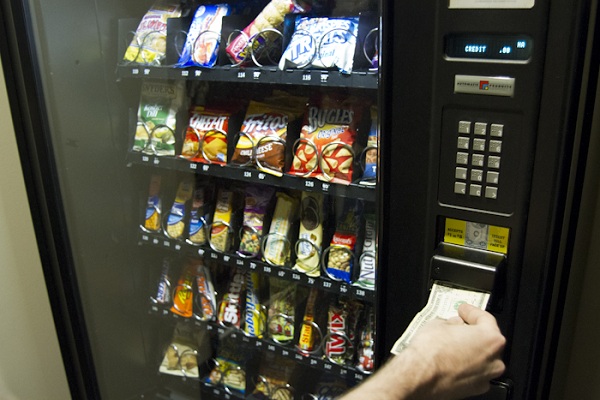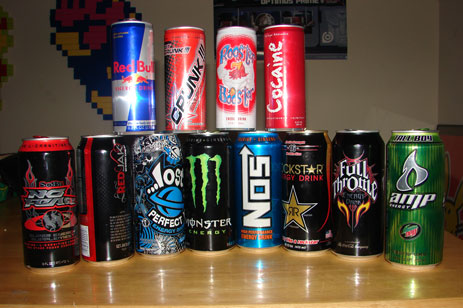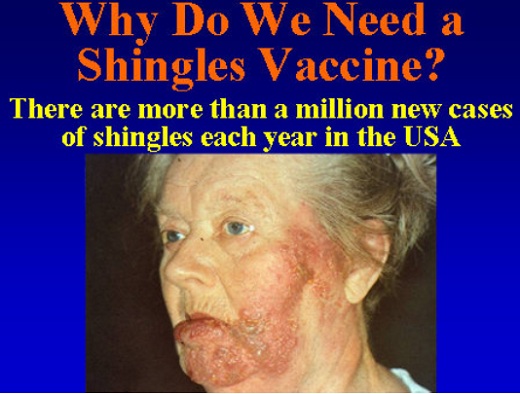Oral Health America Slogan Contest Targets Youth Baseball and Smokeless Tobacco
Posted onPhoto courtesy of Matt McGee on Flickr
From the press release:
Attention all 2012 Little League baseball and softball players! Oral Health America’s (OHA) NSTEP® program (National Spit Tobacco Education Program) is teaming with Little League International to launch its eleventh annual slogan contest where players have a chance to win a trip to the Little League World Series! To enter, Little Leaguers ages 8-14 create a ten-word phrase that describes why spit tobacco is dangerous and deadly.
According to the Centers for Disease Control and Prevention, since 2003 there has been a 36 percent increase in the rate of smokeless tobacco use among high school boys. This alarming statistic is what led parents of the 2011 slogan contest winner, John and Julie Lafakis, to participate with their son Lou. “In addition to being thrilled and proud of Lou’s slogan,” said John Lafakis, “we are equally delighted that the NSTEP contest provided an opportunity for our family to discuss the harms of tobacco use.”
NSTEP works with Little League International to educate families about the risks of spit tobacco use, including oral cancer, gum disease, tooth decay, and nicotine addiction. “The health and well-being of children has been one of Little League’s guiding principles since its founding in 1939. We are proud to partner with NSTEP to educate young people about the dangers of smokeless tobacco,” said Stephen D. Keener, President and Chief Executive Officer of Little League Baseball and Softball.
NSTEP is also part of a coalition of organizations that influenced the limit on use of smokeless tobacco in Major League ballparks. For the first time in history, players are unable to use smokeless tobacco products on field and in front of fans and cameras. “The new limits are a positive step toward reducing the damaging influences of smokeless tobacco,” said Beth Truett, President and CEO of Oral Health America. “NSTEP is proud to have helped influence the ban and will continue to help educate Americans about the dangers of tobacco use.”
To enter the slogan contest, visit www.oralhealthamerica.org. The most creative slogan participant will win an all-expenses paid trip to Little League World Series in Williamsport, PA plus a $500 cash prize. Oral Health America will also make a $500 donation to the player’s Little League organization.
There is no reason for baseball, America’s past time, to be any longer associated with spit or smokeless tobacco.
Programs like this that increase awareness of the dangers of tobacco use should be encouraged.





